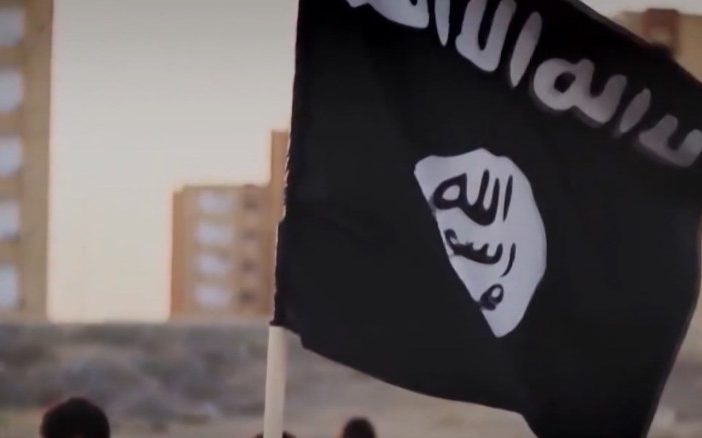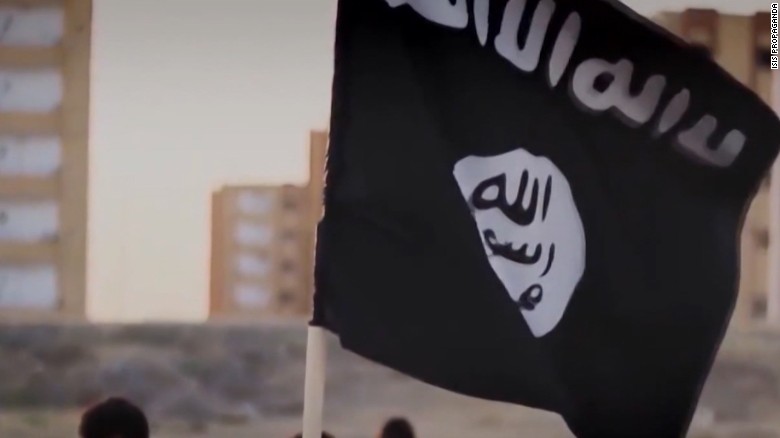Fox 2 News
by CNN Wires
ISIS and al Qaeda represent major threats and are growing in strength in West Africa according to the commander of US special operations in Africa, Maj. Gen. Marcus Hicks.
“The al Qaeda and ISIS inspired threats in Lake Chad Basin and here in the Sahel are very real and continue to grow in strength,” Hicks told CNN, referring to two regions in western Africa.
Hicks was speaking via phone from Niger where he was attending Flintlock 18, a major military exercise involving 1,900 elite special operations and counterterrorism troops from 21 African and western countries.
“Both ISIS and al Qaeda franchises here should be taken seriously, they both have either carried out or attempted attacks on western interests in Africa, and they both have aspirations to continue attacks on western interests here, and then to attack the west beyond here,” Hicks said.
But while he labeled both groups threats, Hicks said that al Qaeda represented the bigger concern due to its ability to plan for the long term.
“What concerns me most specifically is al Qaeda, because I believe that al Qaeda-associated threats here, so al Shabaab and JNIM and the other offshoots of formerly known as al Qaeda in the Islamic Maghreb, are taking direction from al Qaeda core and are sort of walking through the al Qaeda playbook to develop clandestine infrastructure, and I think they have a disciplined, patient approach to building a base that will allow them to form a caliphate when the time is right,” Hicks said referring to the terror group’s Somalia, Mali and North Africa based affiliates.
The biggest al Qaeda affiliate is al Shabaab in Somalia where the terror group commands some 4,000-6,000 active fighters, according to the US military, making it one of al Qaeda’s largest affiliates. US Navy Seals advise local Somali security forces battling al Shabaab while the Trump administration has also conducted dozens of targeted airstrikes against the group.
JNIM, the Mali-based al Qaeda affiliate, has approximately 800 fighters. France has thousands of troops in Mali, helping local forces combat JNIM and other extremist groups.
Officials are also concerned about ISIS affiliates in Libya, the Sahel, the Lake Chad Basin, and Somalia, particularly the prospect of foreign fighters leaving Iraq and Syria and joining these newer affiliates.
The two groups in the Lake Chad Basin, which includes Nigeria, Niger, Cameroon and Chad include Boko Haram and ISIS West Africa. The US military believes Boko Haram fields approximately 1,500 and ISIS West Africa approximately 3,500.
“As the physical caliphate collapses, where those fighters go is a question. There are already sub-pockets again both in the Sahel, in Libya, in Lake Chad Basin and a small one in Somalia where those ISIS fighters could find themselves.” US Air Force Col. Craig Miller, an officer in Special Operations Command Africa, told CNN.
“The threat is increasing at different rates and different volumes depending on where you are at in the theater in Africa,” a US military official familiar with US operations in Africa told CNN.
Hicks said that exercises like Flintlock highlight the strategy of working “by, with and through” local African partners as they seek to combat both terror organizations.
However, even this supporting role carries risk something underscored in October when four US soldiers were killed in an ambush by some 50 ISIS-affiliated fighters while advising Nigerien troops near the Niger-Mali border. On Thursday the Pentagon confirmed that the investigation into the incident by US Africa Command has been completed and the results are expected to be made public in the near future.
The group that was believed responsible for the ambush, ISIS in the Greater Sahara, is thought to have up to 300 active fighters, operating in the ungoverned border area between Mali and Niger, an area known as the Sahel.
Hicks acknowledged the risks involved, saying “missions here are not without risk, I want to be very clear about that” but also added: “we try to mitigate risk where we can.”
Following another firefight between a different group of ISIS-linked fighters, ISIS West Africa, and a joint US-Nigerien force in December in a different part of the country, Hicks issued a letter to the troops under his command reminding them that the US military was in a supporting role.
“My intent there was to remind — a lot of my force is coming out of Afghanistan, and to remind them that we are not in Afghanistan. We have multiple sovereign nations here, and this is going to be a long, deliberate effort to develop their capability, and that our focus is really on working by, with and through our African and western partners,” Hicks said.
Hicks said that resource constraints also factored into his decision to remind his troops of their supporting role.
“I cautioned my force to back away from pushing it too hard is because the resource rich environment that we enjoyed in Iraq and Afghanistan exists virtually nowhere in Africa,” Hicks said, referring to the limited resources US troops in Africa enjoy compared to operations in Iraq, Syria and Afghanistan. There are only about 800 US troops in Niger, a country roughly two-times the size of Texas.
“We’re mindful of the limits of our resources,” Hicks said, saying that those constraints factored into operational planning with regards to things like air support for operations.
Hicks said that he has shifted the focus of US special operations forces in Africa, from advising small local units on tactical patrols toward more strategic-level advising, something he said would allow for a “higher-level return on investment” given the relatively small number of troops in Africa while also having “the benefit of reducing our risk somewhat.”
“We are not walking away from our African partners. In fact, because their capability has improved to the level it has, they’re capable of conducting lots of these tactical operations on their own,” Hicks said while adding that some tactical level advising out in the field would continue.
“We’re going to help them to degrade the enemies that we share in common. They are fighting America’s enemies. These are sworn enemies of the United States, that’s why we’re here. We can fight them here or we can fight them somewhere else at a much higher cost,” Hicks said.








